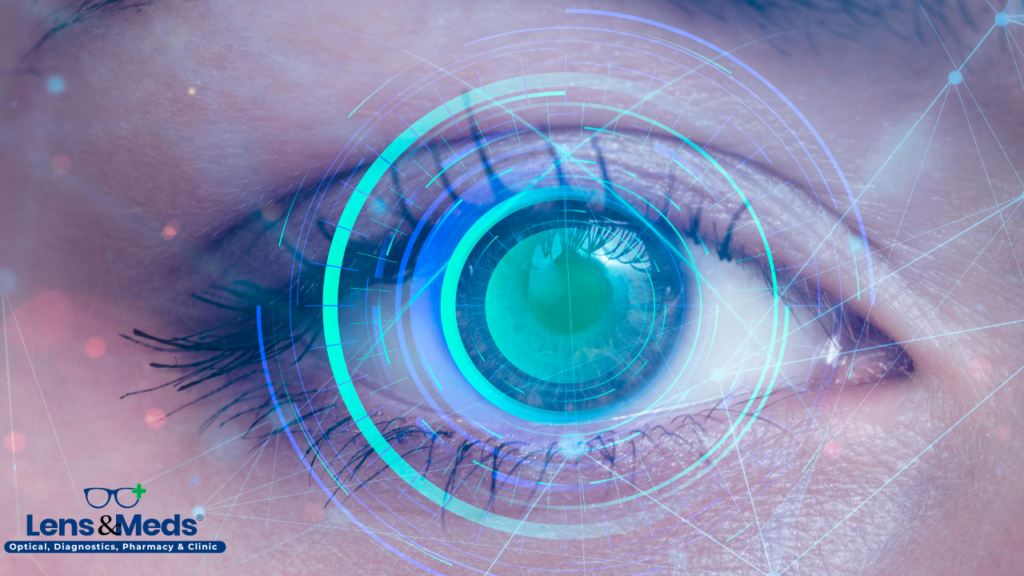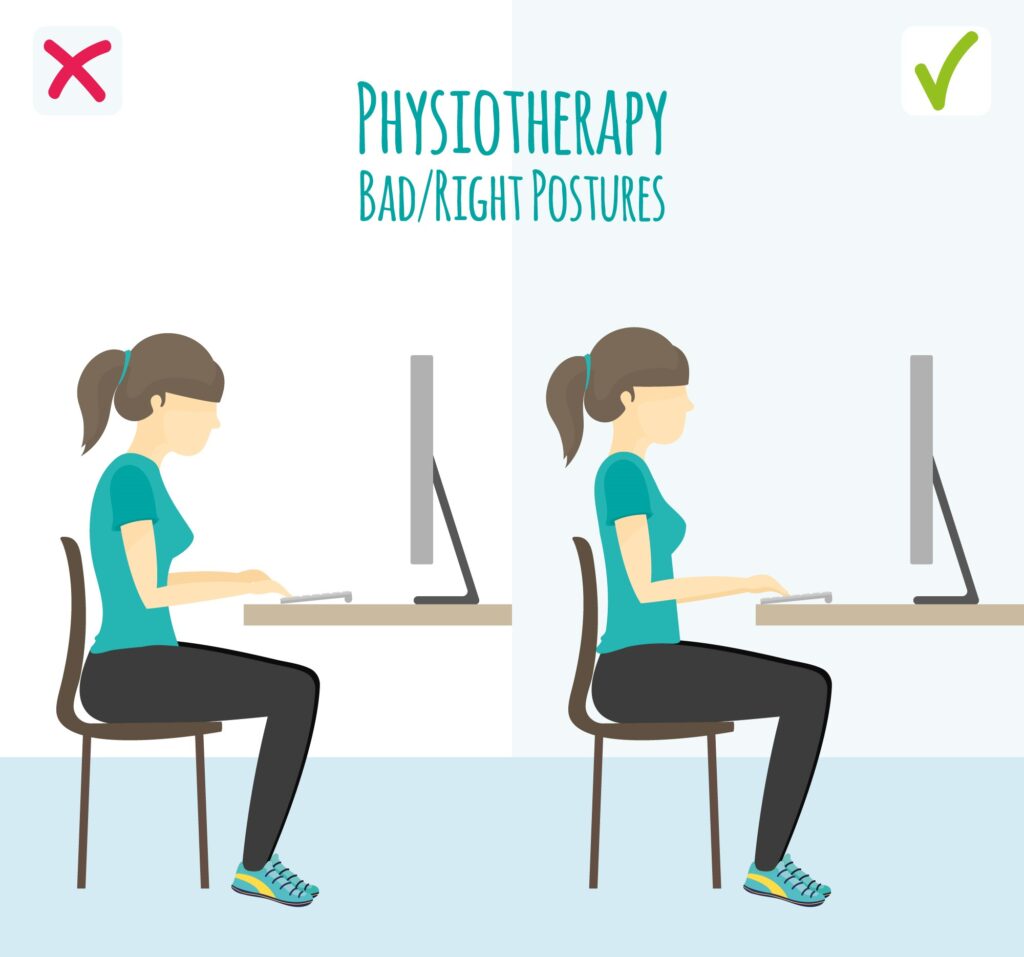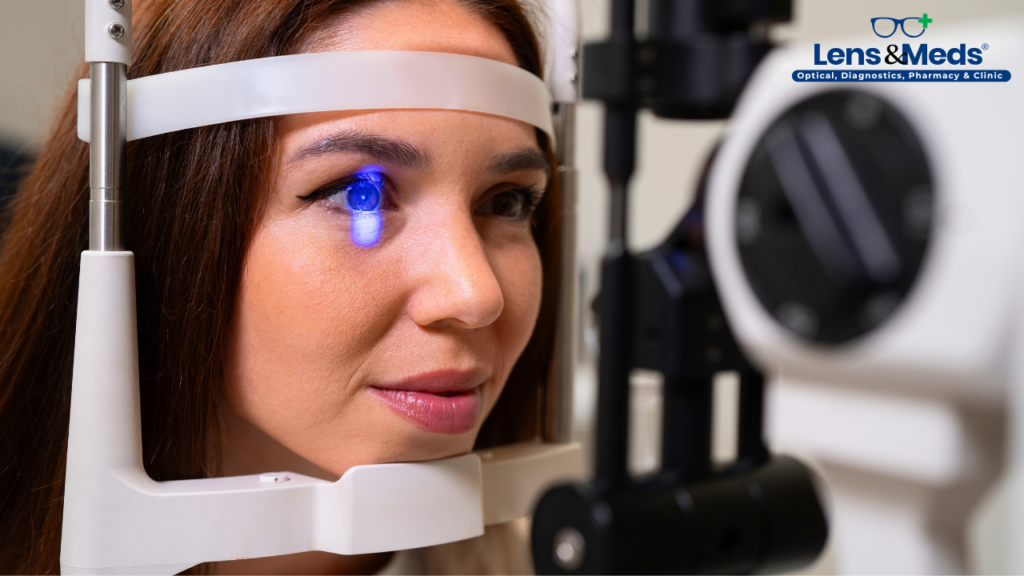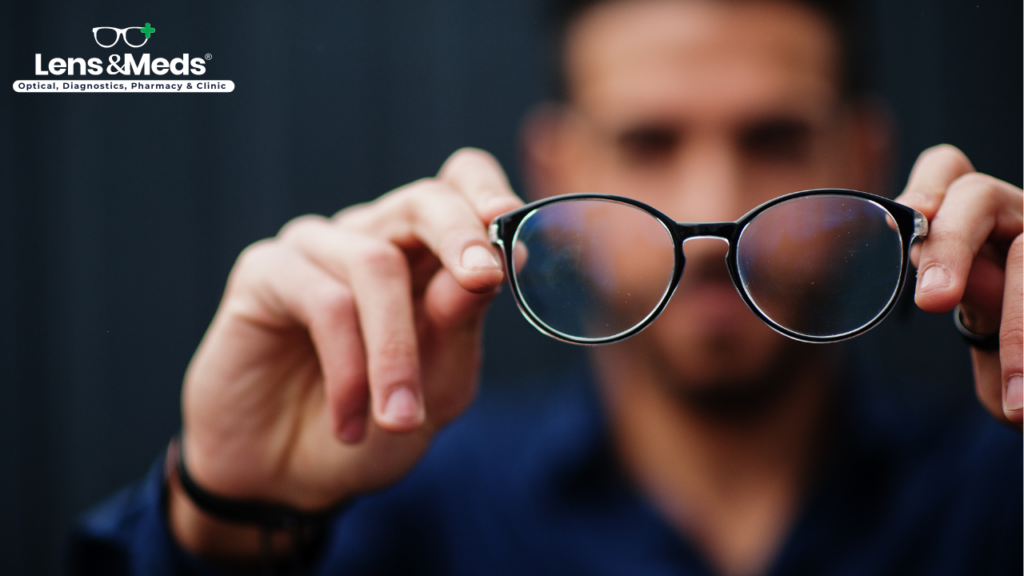
Introduction: The Increasing Prevalence of Digital Eye Strain
In the ever-evolving digital landscape, where screens have become an integral part of our daily lives, the prevalence of digital eye strain is on the rise. As we immerse ourselves in work, education, entertainment, and social interactions through various digital devices, our eyes bear the brunt of prolonged screen time. Digital Eye Strain, also known as Computer Vision Syndrome, has become a widespread concern affecting a diverse range of individuals, from office workers to gamers, students to tech professionals, and many more.

Understanding Digital Eye Strain
Definition of digital eye strain and its impact on eye health
Digital Eye Strain, or DES, refers to the discomfort or visual disturbances experienced after prolonged use of digital devices. The screens emit blue light, contributing to eye fatigue, headaches, dry eyes, and other symptoms. It’s imperative to recognize that this is not just a concern for one specific demographic; it affects everyone with digital exposure.
Digital eye strain symptoms
- Eye Fatigue: The most common symptom, characterized by tired, sore eyes.
- Headaches: Persistent headaches after screen use, often originating from eye strain.
- Dry Eyes: Insufficient blinking leads to dryness and discomfort.
- Blurred Vision: Difficulty focusing on objects after extended screen time.
- Neck and Shoulder Pain: Prolonged screen use often results in poor posture, contributing to discomfort.
Connection between digital eye strain and astigmatism
Research suggests a correlation between digital eye strain and astigmatism, highlighting the need for preventive measures to maintain optimal eye health.
Overview of computer vision syndrome (CVS)
- CVS Symptoms: Extended screen time can lead to CVS symptoms, exacerbating DES.
- CVS Treatment Options: Understanding how to alleviate CVS symptoms through various methods.
- The 20-20-20 Rule: Implementing the rule to reduce eye strain: every 20 minutes, take a 20-second break, and look at something 20 feet away.

Blue Light and its Role in Digital Eye Strain
What is blue light?
Blue light is a high-energy, short-wavelength light emitted by digital screens, which can impact our circadian rhythm and overall eye health.
Impact of blue light on eye health
Prolonged exposure to blue light has been linked to disrupted sleep patterns and potential damage to the retina, emphasizing the need for protective measures.
While opinions on their effectiveness may vary, blue light glasses aim to reduce blue light exposure, providing relief for some individuals.
How blue light contributes to eye strain and potential solutions
Understanding the mechanisms behind blue light-induced eye strain and exploring viable solutions.
Recommended digital eye strain glasses
Considering the variety of glasses available, finding the right pair to alleviate digital eye strain becomes crucial.

Ergonomics and Proper Setup for Eye Health
Importance of proper ergonomics in preventing digital eye strain
Establishing an ergonomically sound workspace is essential for minimizing strain and discomfort during extended screen use.
Computer glasses and their role in maintaining eye comfort
Investing in computer glasses designed for screen use can significantly reduce eye strain and fatigue.
Setting up an ergonomic workspace
- Monitor Position: Positioning the monitor at eye level to reduce strain.
- Lighting Conditions: Ensuring proper lighting to reduce glare and enhance visibility.
- Proper Chair and Desk Height: Maintaining a comfortable and supportive posture.
- Importance of Regular Breaks: Incorporating breaks to rest eyes and stretch muscles.
Treating and Managing Digital Eye Strain
Overview of myopia and its connection to prolonged screen time
The link between myopia and excessive screen time highlights the need for proactive eye care.
Repetitive strain injury and its impact on eye health
Understanding how repetitive strain injury can affect eye health and implementing preventive measures.
Utilizing technology for eye care
- Screen Recorders for Ergonomic Evaluations: Employing technology to assess and improve workspace ergonomics.
- Eye Therapy Apps: Utilizing apps designed to promote relaxation and provide relief.
Medical management of pneumoconiosis and its relevance to eye health
Exploring the medical aspects of pneumoconiosis and its implications for eye health.

Neurological Disorders and Eye Strain
Exploring neurological symptoms associated with prolonged screen time
Understanding the potential neurological impact of excessive screen use on eye health.
Understanding neurological disorders and their impact on eye health
Examining the connection between neurological disorders and digital eye strain.
Common neurological disorders and their symptoms
Recognizing the symptoms of common neurological disorders associated with prolonged screen time.
Causes of neurological disorders and their connection to eye strain
Identifying the factors that contribute to neurological disorders and their impact on eye health.

Vision Therapy for Eye Health
What is vision therapy?
Vision therapy involves exercises and activities aimed at improving visual skills and comfort.
The role of physical therapy and low vision therapy in eye care
Understanding how physical and low vision therapy contribute to overall eye health.
Vision therapy exercises for maintaining healthy eyes
Incorporating specific exercises into daily routines to enhance eye health.
The importance of regular check-ups with an optometrist
Emphasizing the significance of regular eye check-ups to detect and address potential issues early on.

Specific Concerns for Different User Groups
Addressing the unique challenges of:
- Office Workers
- Students
- Tech Professionals
- Gamers
- Remote Workers
- Frequent Computer Users
- Smartphone Users
- Digital Content Creators
- Online Readers
- Social Media Users

The Digital Revolution and Its Impact on Eye Health
Brief overview of the digital revolution
Tracing the evolution of the digital era and its implications for eye health.
Technology’s role in eye care
Examining how technology contributes to both the challenges and solutions in maintaining eye health.
Digital transformation and its implications on eye health
Exploring the transformative effects of digitization on eye care practices.
The AI revolution and its potential benefits for eye care
Assessing the potential benefits of Artificial Intelligence in revolutionizing eye care.

Conclusion
Recap of key points
Summarizing the crucial takeaways from the discussion on digital eye strain and its prevention.
Emphasize the importance of proactive measures for preventing digital eye strain
Encouraging readers to take proactive steps in maintaining their eye health amid the digital age.
Encourage regular eye check-ups and adopting healthy eye habits
Stressing the significance of routine eye check-ups and cultivating healthy eye habits.
Closing thoughts on the significance of maintaining good eye health in the digital age
Reflecting on the importance of prioritizing eye health in an era dominated by digital screens.

FAQs: Digital Eye Strain and Tips for Prevention
Q1: What is digital eye strain, and how is it different from other eye issues?
A1: Digital eye strain, also known as Computer Vision Syndrome, is a condition characterized by discomfort and visual disturbances resulting from prolonged use of digital devices. While it shares some symptoms with other eye issues, its specific association with screen

Leave a Reply